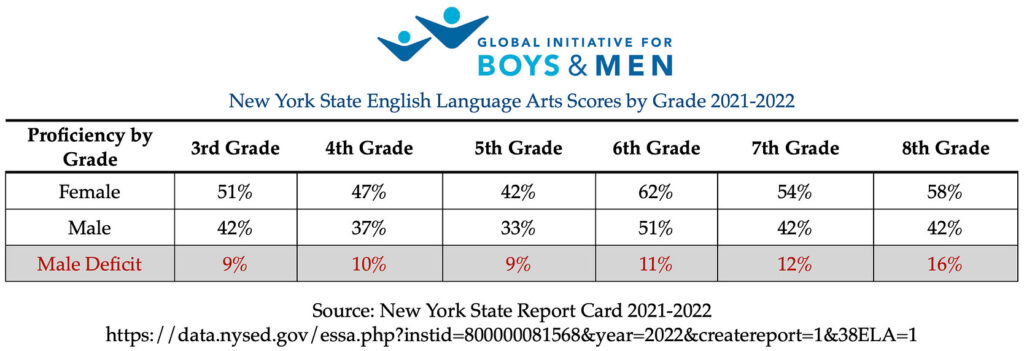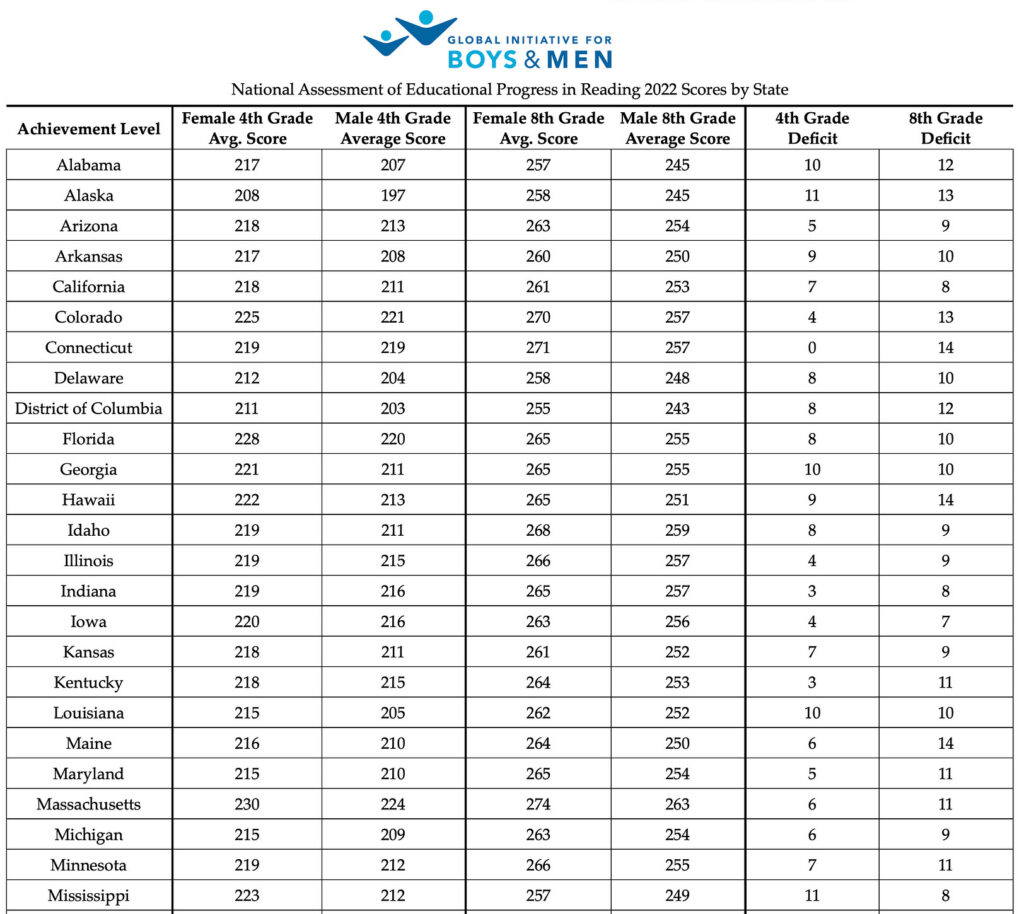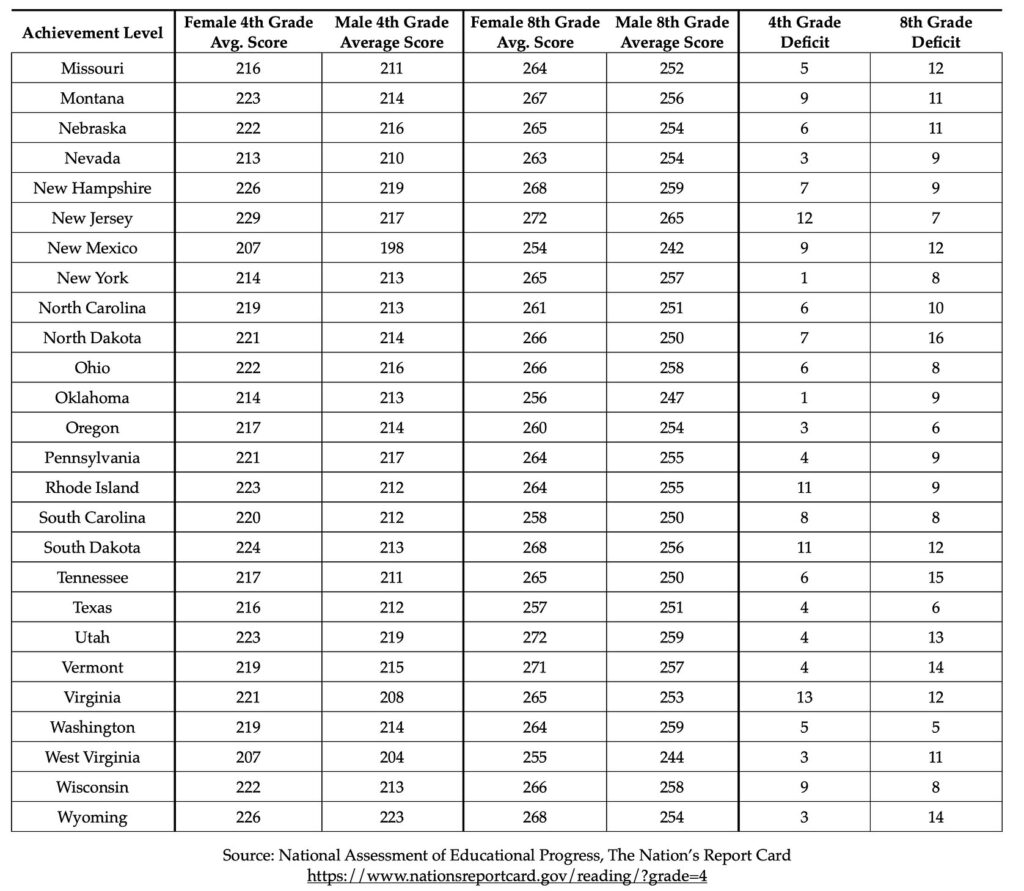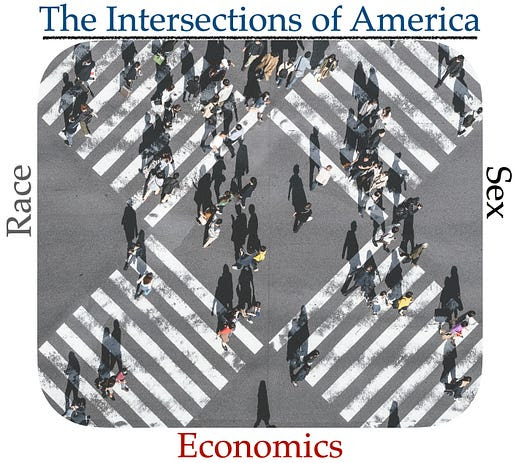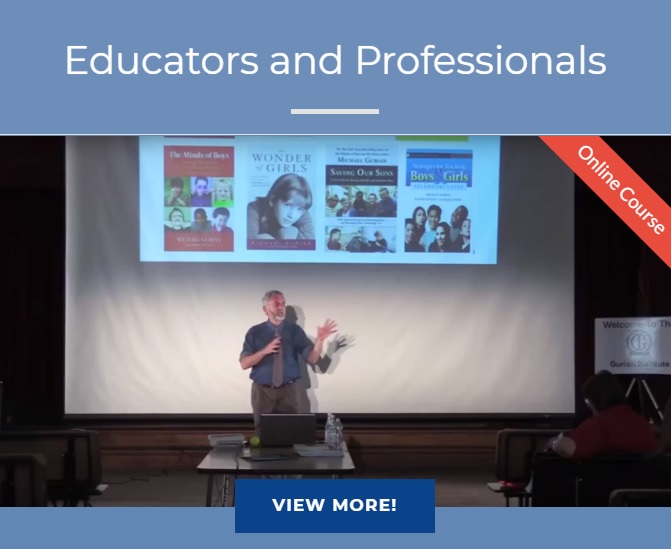Sean Kullman is an educator and social philosopher who leads the Global Initiative for Boys and Men. You can subscribe to his work by emailing him at seank@gibm.us. Here is an important guest blog on learning…and a lot more. Thank you, Sean, for this guest blog:
Sarah Mervosh of the New York Times recently discussed the Pandemic Learning Loss and the declines in math and reading scores. She has written several pieces on learning loss since September 2022 with a keen eye toward serious declines impacting our nation’s students, particularly Blacks and Hispanics.
While the overall declines in student achievement were stark, the averages mask even deeper divergences between student groups. For example, Black and Hispanic students, who had started out behind white and Asian students in fourth-grade math, lost more ground than those groups during the pandemic,” writes Mervosh.
These types of articles are important as our parents, educators, and policy makers look to close gaps and improve essential student skills, and I would encourage the Times and others to actually dig a little deeper. Discussions on “student groups” that do not disaggregate information by sex often miss the largest group of students struggling to close the achievement gap in reading and college participation, boys.
In California’s 2021-2022 state testing, boys were behind at all grade levels in English/Language Arts (ELA) by considerable margins, something rarely discussed in articles that identify student groups. Go to any state in the country and you’re likely to find the same results. This recognition has certainly been the case in reports GIBM has completed on Washington State, Colorado, Missouri, West Virginia, and California.

Source: California Assessment of Student Performance and Progress
Boys were also behind girls in 4th and 8th grade reading on the National Assessment for Educational Progress (NAEP), a test considered more rigorous than many state tests and completed by schools across the country. NAEP is a congressionally mandated project administered by the National Center for Education Statistics.
According to NAEP, “in 2022, reading scores also declined since 2019 for male and female fourth-graders. Scores declined at the lower and higher percentiles for female students while scores declined at the lower percentile for male students.”
What’s also true is that boys 4th grade and 8th grade scores pre-pandemic in 2019 were still lower than girls post-pandemic drops in 2022 in all measures. Although girls scores dropped more than boys post-pandemic, they were still higher than the boys scores pre-pandemic and post-pandemic.
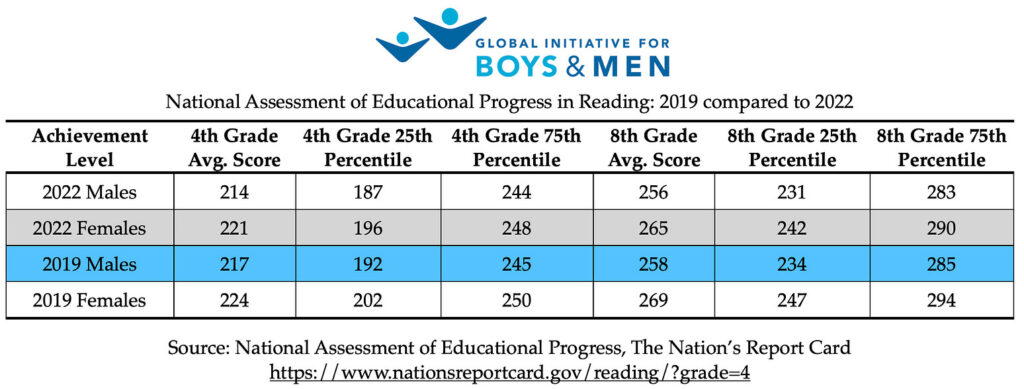
While it’s certainly true we must be vigilant regarding the outcomes of our nation’s daughters, selective narratives can give incomplete impressions. NAEP made a point of identifying declines in male and female math scores and added that “a greater score decline for female students in 2022 contributed to the widening of the gender gap” in math. While there was an average 6-point gap in math for 4th grade girls and a 2-point gap in math for 8th grade girls, there was an average 7-point gap for 4th grade boys and a 9-point gap for 8th grade boys in reading. This boy gender-gap in reading was not identified in the discussion of the report, and this speaks to the ways our institutions think and report on the outcomes of males and females. (This topic will be discussed in greater detail in part 2 along with solutions to these challenges).

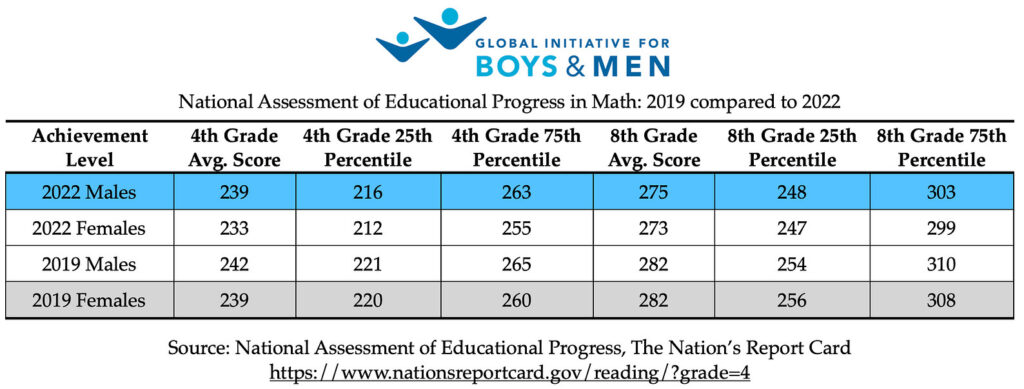
Additionally, girls 2019 average math scores pre-pandemic were equal to or higher than boys 2022 scores post-pandemic. Conversely, this was not the case for boys in reading, where boys pre-pandemic average scores for 4th and 8th grades were lower than girls post-pandemic scores by margins greater than the gender-gap identified in NAEP’s discussion of 4th grade mathematics. In general, institutions do not use the term “gaps” when discussing outcomes of boys and men.
The Systemic Challenge
Discussing race and marginalizing sex is not unique to data collection, particularly in areas where boys and men are most impacted. In a recent GIBM report on the Status of Boys and Men in Washington State, GIBM learned that 2021 data and 2022 preliminary data on overdose deaths by sex was not readily available on the Washington State Department of Health (WA DOH) website, even as males historically represent the largest percentage of deaths by a significant margin. 2021 data and 2022 preliminary data were available by geography and race but not sex. In a data request to the Washington State Department of Health, staff was thorough and thoughtful in its response, providing the necessary data for our state report and informing us that they are in the “process of updating that dashboard.”
The preliminary data for 2022 showed males are 74% of overdose deaths, and males accounted for 70% of overdose deaths in 2021. These are alarming numbers, and sex (more than race) is the most troubling demographic. It does not mean race is less significant than sex, but it does reveal the ways our institutions discuss and prioritize data.
The WA DOH list two sections and a number of subsections regarding overdose data on its website, 1. Overdose Mortality and 2. Overdose Hospitalization. Sex appears as the sixth subsection in the overdose mortality category and is lagging behind other categories in the most readily available data. Race and sex are equally important and understanding the intersectionality of this data is even more important.
- 1.1 Drug Overdose Mortality County Map For 2016-2020 Combined
- 1.2 Latest Quarterly Death Tables From 2017 To 2022 By Geography
- 1.2.2 Death By Race
- 1.3.1 Mortality Trend Graph From 2000 To 2020 by Year and Drug Type
- 1.3.2 Mortality Tables By Geography, Drug Type, and Year from 2000 to 2020
- 1.3.3 Statewide Mortality Tables By Sex, Drug Type, and Year from 2000 to 2020
- 1.3.4 Statewide Mortality Tables By Age Group, Drug Type, and Year from 2000 to 2020
Although a breakdown at the intersection of race and sex is important, economic indicators are essential. In an earlier article, GIBM collaborated with Tom Mortenson (Senior Scholar with the Pell Institute and Data Analyst), Nicole Brunt (Research Associate with the Pell Institute), and Kurt Bauman (Chief, Education and Social Stratification Branch, Census Bureau) to address college participation rates at the intersection of race, sex, and economic quartiles. The data revealed the reason disaggregating by race alone is not enough and often underscores conversations related to certain groups.
Hispanic and Black female college participation rates, for instance, are higher than White, Black, and Hispanic males in all of the economic quartiles regardless of race. In the lowest economic quartile, Black males and White males were behind Black females (12.6% and 10.5% ) and behind Hispanic females (19.3 % and 17.2%) respectively.
This sort of reporting often goes unnoticed, in part, because institutions, public and private, at nearly all levels of discussion continue to avoid the elephant in the room. The modern male is struggling, the reasons matter, and it’s incredibly important to do something about it.
In later parts of this series, I will address practical and fundamental solutions to these problems that will help boys and men while encouraging institutions at all levels to promote the well-being of our nation’s sons and daughters.
Notes and Tables: The NAEP reading scores by state are below. NAEP is certainly a reliable testing measure; however, it does not test all students in each state. A representative sampling of students based on characteristics is selected as a way to represent the whole and may not provide a complete picture. For example, on the NAEP test in New York State, boys were behind girls by 1 point in 4th grade reading. State testing reveals a much deeper gap as the numbers below show.
